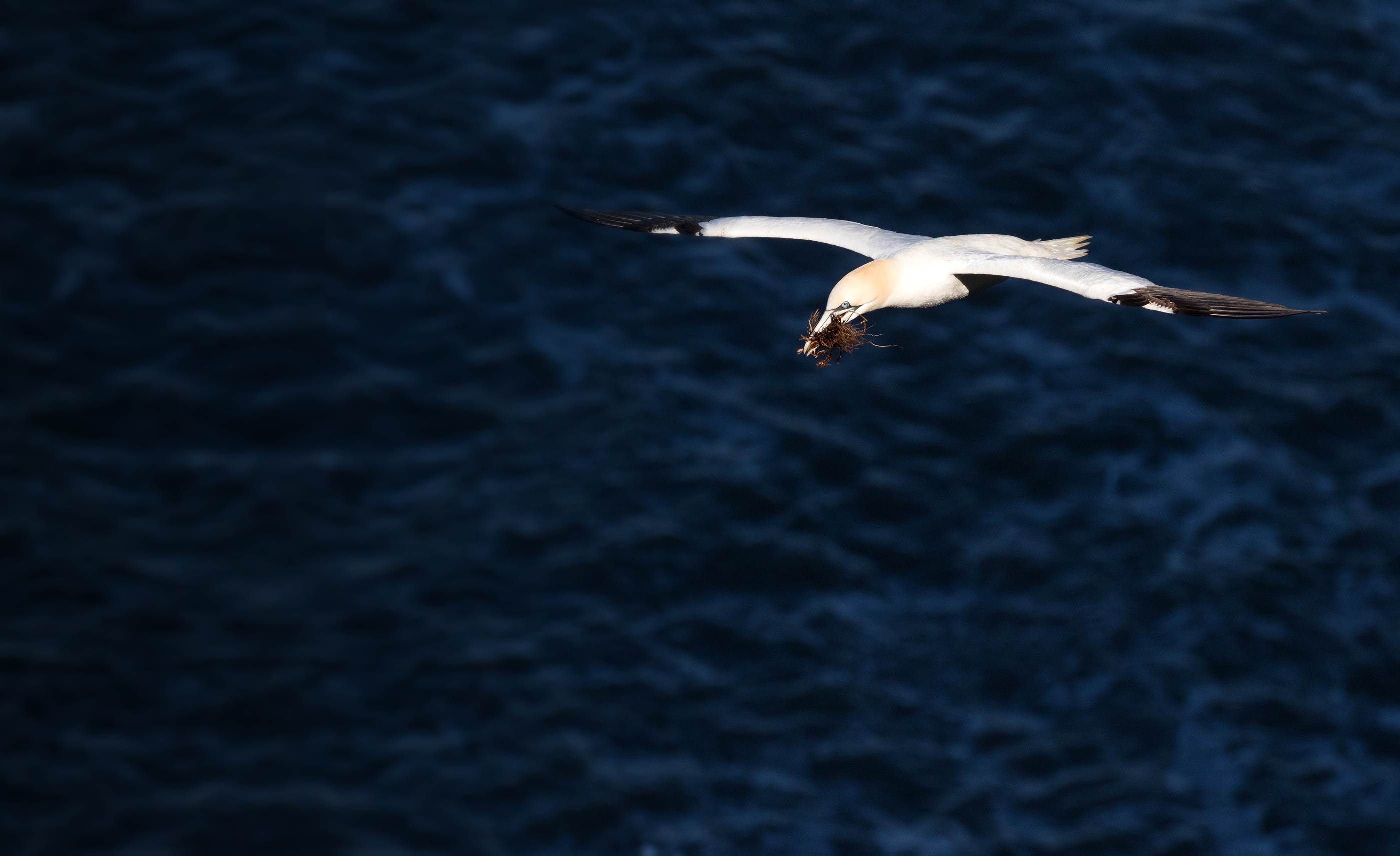Fred is in Congo, close to the border with Democratic Republic of Congo and 88km (54 miles) north west of Lake Tumba. We last heard from him at 09.06 on 17 December.
Yesterday evening and early this morning we received signals from Fred's tag showing that he was on the move and was finally travelling south towards the Congo rainforest. The last location received shows he stopped in Cameroon, having travelled 1030km (640 miles).
Both Sherwood birds 134957 and 134955 have moved over 700km (470 miles) east from their locations in Burkina Faso in the last few days and are now in northern Nigeria. This leaves just Chester in Burkina Faso who becomes our most westerly bird by over 960km (595 miles).
With most cuckoos now in the Sahel region, we're entering a fairly quiet period in the annual cycle of the tagged cuckoos with less movement than during the migration season.
Birds who completed their desert crossing will spend time in the Sahel recovering their body condition, and some may stay quite a long time. In previous years, cuckoos have stayed in this area for as much as several months, while others spend a shorter amount of time before moving south into the humid zone forests.
The eastern Sahel in Chad and south Sudan has received plenty of rain recently, and thus conditions are likely good for cuckoos. Northern Cameroon was slightly drier than average in August, and so cuckoos such as Derek, Dudley, Stanley, and Emsworthy may be moving on if foraging conditions aren't suitable.
Cuckoo 134955 has moved east from Mali and is now in Burkina Faso. He has been joined by Chester, who moved on quickly from his location in Mauritania. They are further west than many of the Cuckoos and, by taking the western route through Spain, have a longer journey to get to the Congo Rainforest than some of other Cuckoos but they will have been able to cross the desert at one of its narrowest points.
- ‹ previous
- 4 of 6
- next ›
Information on this page is only for illustrative purposes and can not be used without our permission © British Trust for Ornithology 2024.


